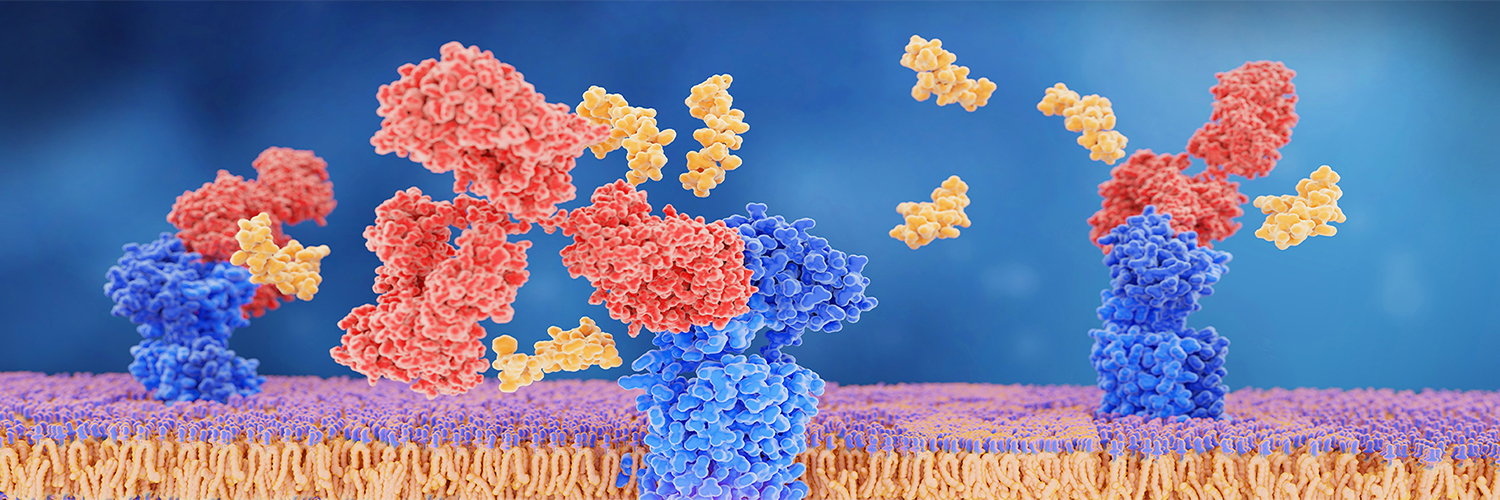Biacore X 100, Surface plasmon resonance (SPR) Biosensor

Device for the analysis of molecular interactions
Manufacturer: GE Healthcare Life Sciences - Cytiva.
Biacore X100 is an instrument based on the phenomenon of Surface Plasmon Resonance (SPR) that allows the analysis of interactions between biomolecules in real time and without the need for marking. It is a system with high instrumental sensitivity, which requires the use of minimal quantities of sample volumes for the direct measurement of all the kinetic and affinity parameters of the interaction.
Main characteristics of the instrumentation:
-Characterization of the molecular bond by determining the dissociation (kd) and association (ka) rate constants. Determination of the dissociation equilibrium constant for analytes and ligands of various nature and wide molecular mass range. Detection of kd in the order of 10-5 s-1, ka in the range 103-107 M-1 s-1; KD-Affinity range: 10-3-10-12 M
-The molecular weight of the interactors range from large molecules like proteins, DNA, RNA, antibodies, polysaccharides, lipids, cells, etc., to those with a molecular weight <100 Da.
- Characterization of binding specificity such as the search for biomarkers present in small quantities in the serum.
- Operating temperature range: 4-40 ° C
- Chips produced by Biacore technology: CM7, CM5, CM4, CM3 and C1 with carboxymethylated active groups; SA for biotinylated ligands; NTA for proteins with His Tag; HPA to create a lipid monolayer; L1 to create a lipid bilayer; AU to directly activate the ligands on gold foil. Capture kits are available for a wide variety of tags and molecules including GST fusion proteins; mouse IgG antibodies; human IgG antibodies.
- "Single Cycle Kinetics (SCK)" analytical approach, an alternative to the traditional multicyclic kinetic analysis technique, which allows reduction of analysis times, reduction of ligand consumption and simplified experimental design.
- Software implemented with a technique called CFCA (Calibration Free Concentration Analysis) for the accurate calculation of the active concentration of proteins in the absence of calibration, which joins the traditional method of creating a sample standard curve.
Location of the instrument: Laboratory 5009, building U3, 5th floor.
For information: Annalisa D’Urzo, +39 02 6448 3397, annalisa.durzo@unimib.it